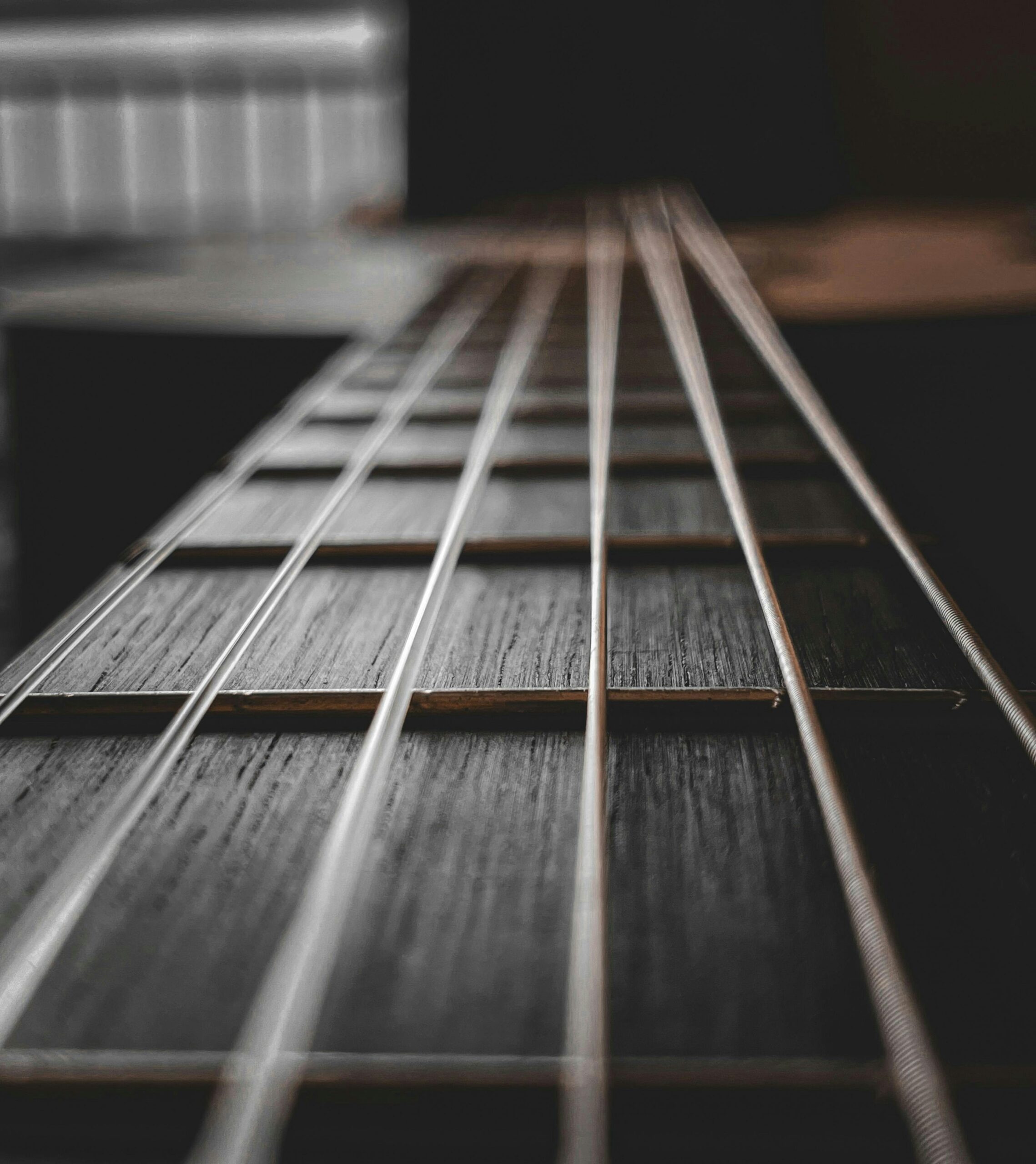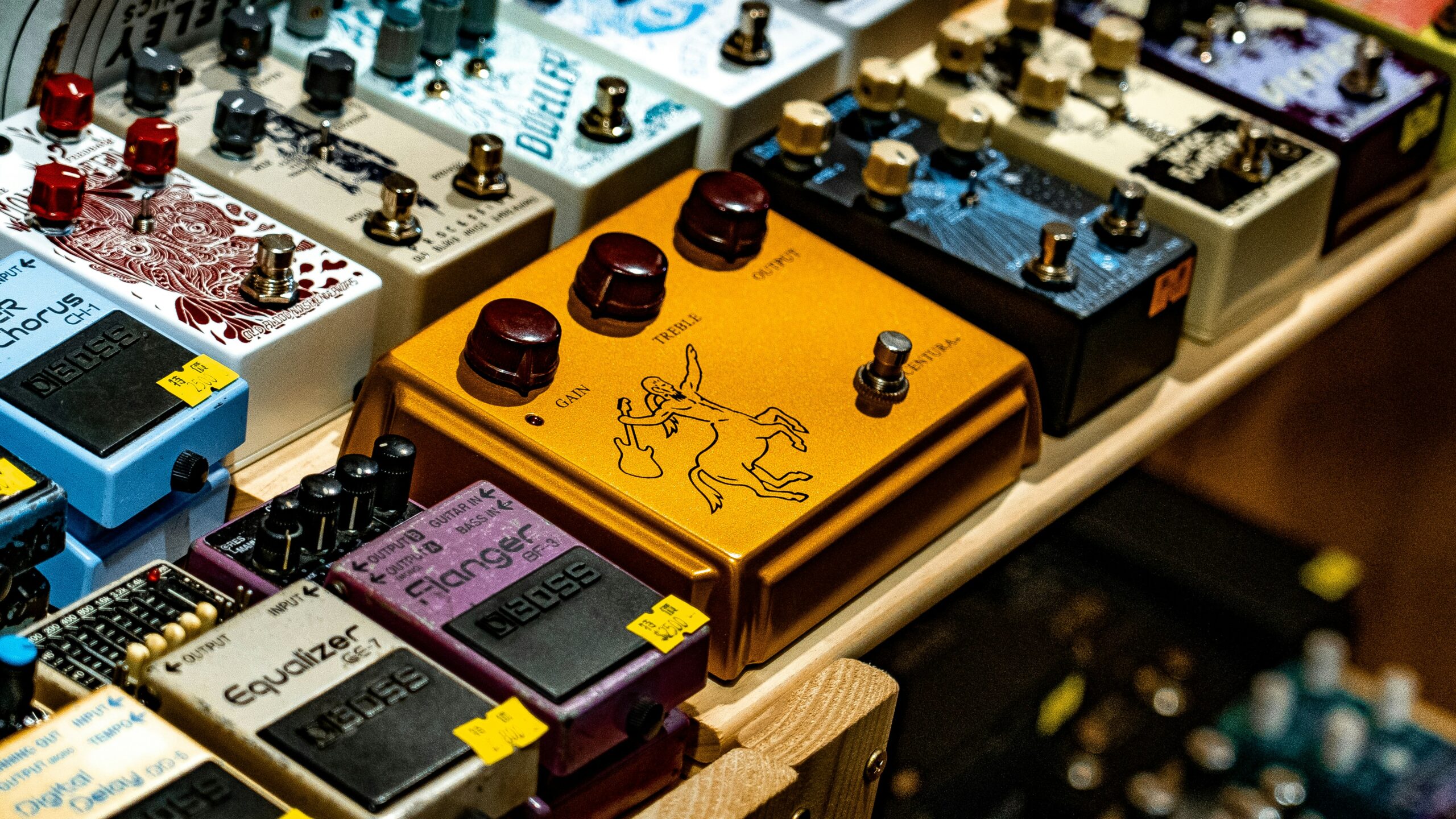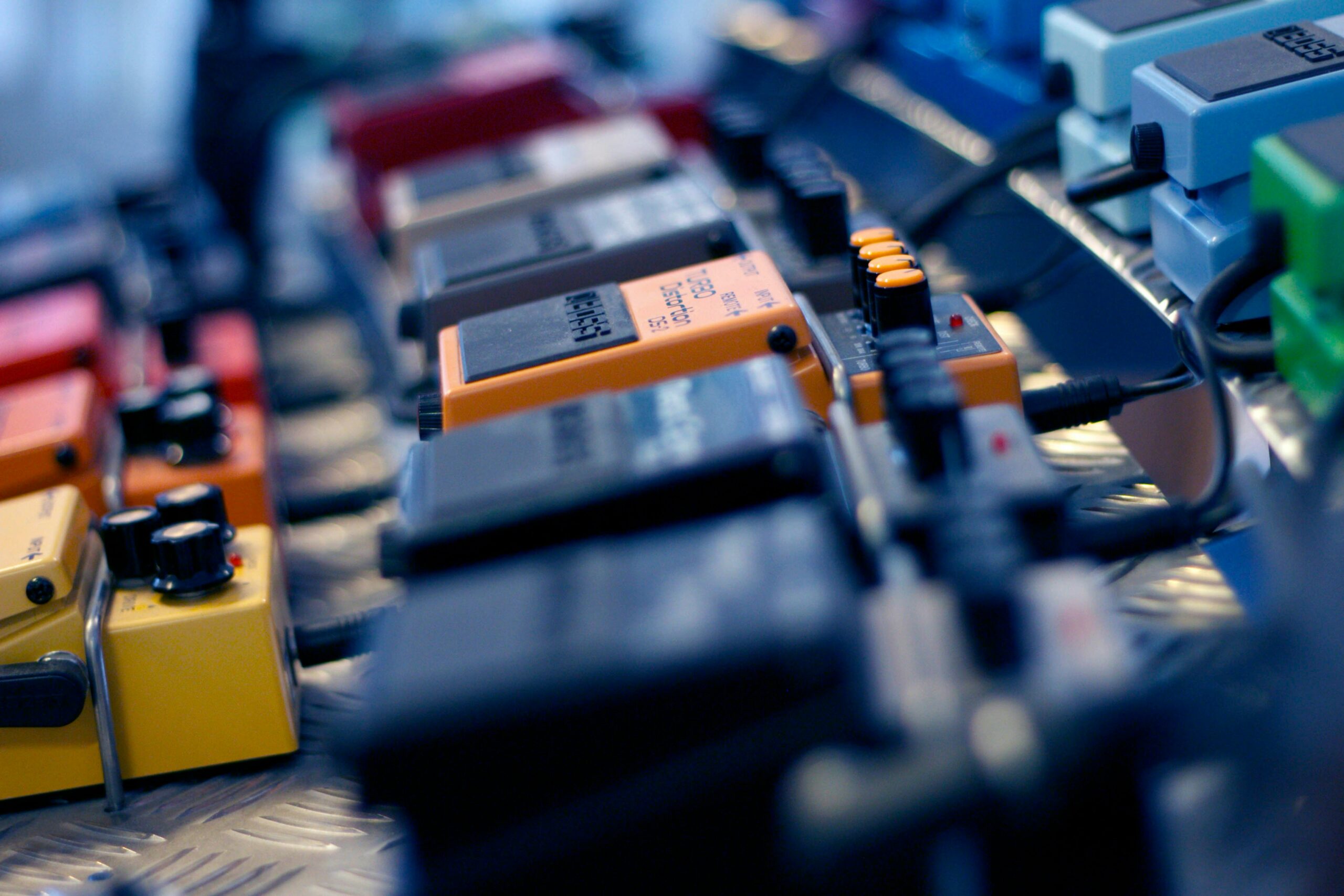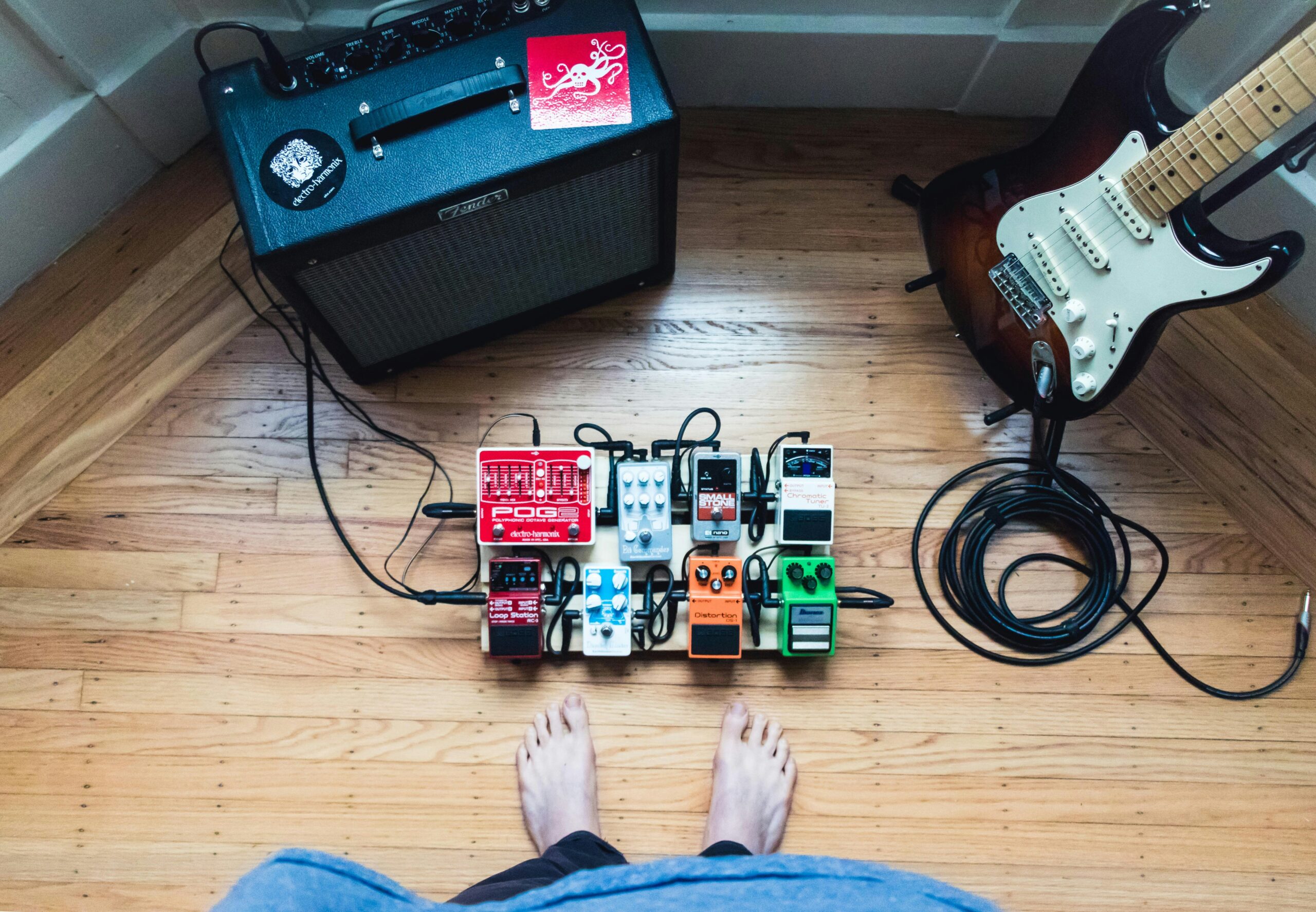If you’ve ever shopped online for a new guitar, you may have come across a piece of information that you didn’t quite understand.
Sites like Sweetwater are great in that they will tell you the exact specifications for any guitar in stock — sometimes down to the exact weight of the guitar in the picture. And buried in the lengthy list of specifications is something called “fingerboard radius,” followed by a measurement of so many inches.
And you might be thinking, “That’s great — but what the heck is this telling me?” Today we’re going to answer that question and look at how important — or not — fingerboard radius really is.
What Is Fingerboard Radius?
A fingerboard’s radius refers to the amount of curvature on the fretboard. In other words, the radius tells you how much higher the middle of the fretboard is than either edge. Common measurements range from 7.25” to 16” inches. But how is this number derived?
Very simply, guitar builders think of the side-to-side curve of the fretboard as an arc from a circle. If you were to take a compass and draw a circle on a piece of paper with a 12” radius, the curve of a 12” radius fretboard would match the curve of that circle.
What that means in practice is the larger the radius is, the flatter the fretboard will be. A 7.25” fingerboard will look and feel much more curved than a 16” one, which will feel almost flat.
Common Fingerboard Radii by Brand
Although not always the case, there are certain generalities when it comes to fingerboard radii among electric-guitar brands. Vintage-style Fenders are usually the smallest (most curved) at 7.25”. Modern Fenders are still quite curved but measure at a slightly larger 9.5”. Gibson prefers to make flatter-feeling fretboards that have a 12” radius. PRS, meanwhile, locates itself in the middle with their standard 10” radius. (PRS does the same thing with their scale length, too, typically splitting the distance between Fender and Gibson.)
Other brands will adopt one of the above or determine their own desired radius. You’ll also sometimes hear of a guitar with a compound radius. While it sounds complicated, all this means is the radius measurement changes as you move up the fretboard. Generally, a compound radius will be rounder on the lower frets and flatten out on the higher frets, the idea being a smaller radius is easier to play chords on, while a flatter radius lends itself better to lead work.
Acoustic guitars tend to have very flat fretboards, often in the 15″-16″ range. In an interesting twist, classical guitars traditionally have very flat fingerboards, and often there is no radius at all. The flat, wide fretboards are preferable when playing intricate compositions using the PIMA technique.
Does Fingerboard Radius Matter?
As briefly alluded to above, there is some thought put into fingerboard radii, at least by manufacturers and luthiers. A tighter-radius guitar, such as a vintage Fender, will probably be more comfortable when strumming chords, all other things being equal. A flatter-radius guitar will lend itself toward faster soloing work. But these are significant generalities, and while fingerboard radius probably matters more when it comes to playability than tonewoods, one would be hard pressed to argue that radius size is a critical dimension on a guitar.
My Preference
I’ve owned and played a lot of guitars in my time, and without really thinking about it, I’ve tended to gravitate toward guitars that have flatter fretboards. I have several Epihones that play very well and are in the Gibson 12” range. I’ve also got a Danelectro with a 14” radius that I absolutely love. My guess is because I have larger hands, it makes for a more comfortable playing experience (although to be honest, this is more of a guess than a fact). But I also have a Strat copy with closer to a 9” radius that I enjoy (although it does feel quite a bit smaller in my hands).
I’ve also noticed the same preference holding for acoustic guitars. My favorite brand, Seagull, has a very flat fretboard at 16”, which happens to be the same as Martin. Add to it the classical guitar-like wider neck, and it really works well for my hands and playing style.
Fingerboard Radius — a “Nice to Know” Guitar Characteristic
In the end, is having a comprehensive understanding of fingerboard radius necessary? I would argue unless you want to get into building them yourself, probably not.
But thinking about fingerboard radius may help you understand your own preferences better, so in that regard, it can be helpful. If you notice that all of your favorite guitars to play are Fenders, part of the reason might be because of their narrower fingerboard radius. I personally know to steer more toward flatter fingerboards, because that’s what my hand naturally prefers. But I don’t think it should be viewed as a critical criterion. There are countless elements that factor into which guitars you like; fretboard radius is simply one of them.











